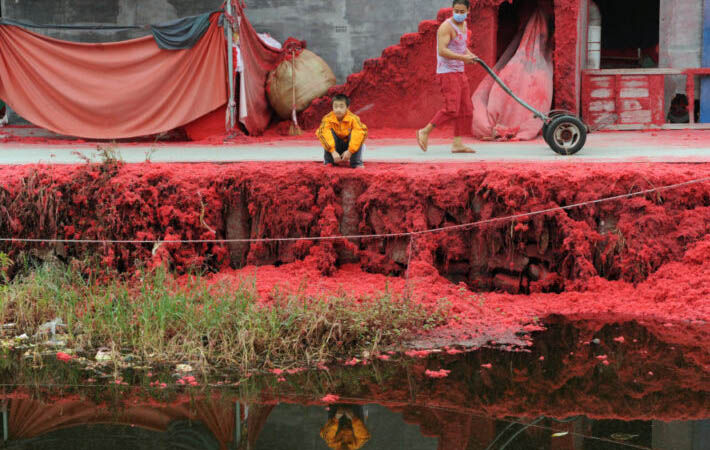
The analysis revealed that the leading nations publishing on wastewater pollution and the textiles industry include China, India, Turkey, Iran, Brazil and the United States.
The majority of research occurred in the fields of engineering, environmental engineering, chemical engineering, and chemical sciences, with key areas of research focused mainly on wastewater treatment and related technologies, the dyeing process, and the chemicals involved in dyeing.
The analysis, conducted by London-based technology company Digital Science’s Briony Fane and Juergen Wastl, utilised data from Dimensions, which is a master database of the world’s research and all aspects of the wider research ecosystem, spanning 126 million publications.
Both the researchers discovered almost 4,500 research papers published over the past 10 years that specifically dealt with wastewater pollution and the textiles industry. The majority of those have been published since 2017, and many are specifically tied in with the UN SDGs.
“Part of the idea behind our analysis was to see whether the UN’s Sustainable Development Goals have impacted on research into wastewater pollution and the textiles industry, and that appears to be supported by the data,” says Wastl, director of academic relations and consultancy, Digital Science.
“Textile dyeing is the second-largest polluter of water worldwide, with the fashion industry producing 20 per cent of the world’s wastewater alone. This is because textile manufacturers use large amounts of water and the resulting wastewater produces highly polluted discharge,” Fane, a research analyst with Digital Science, said.
Fibre2Fashion News Desk (DS)